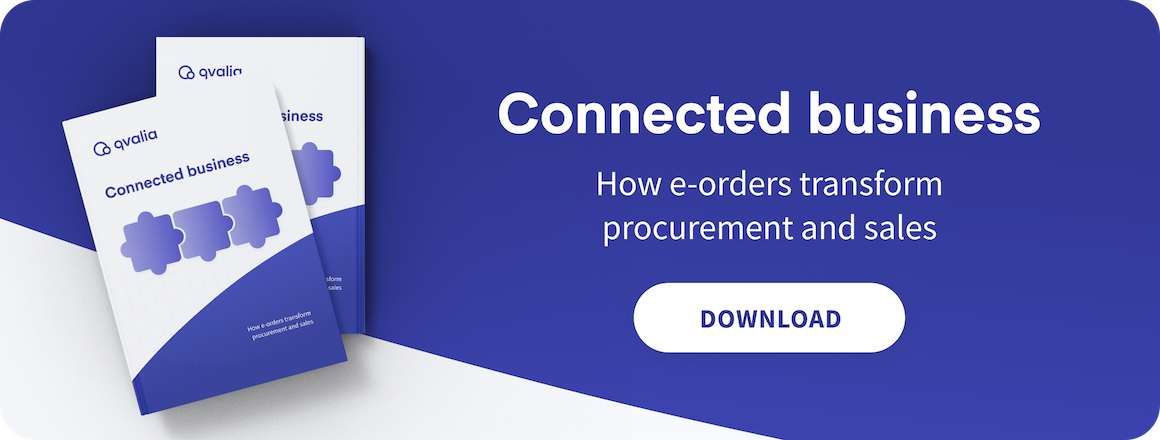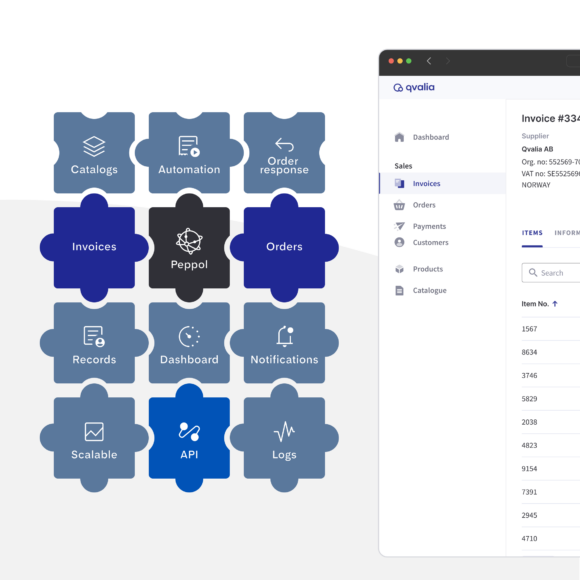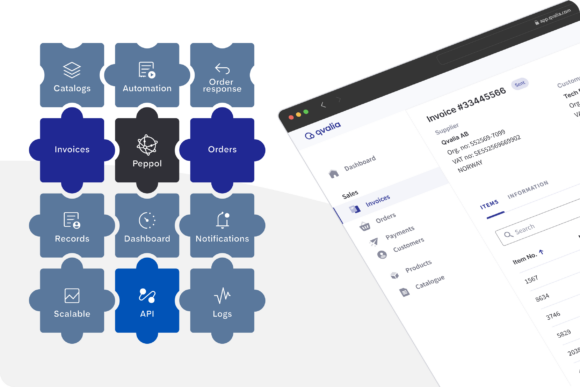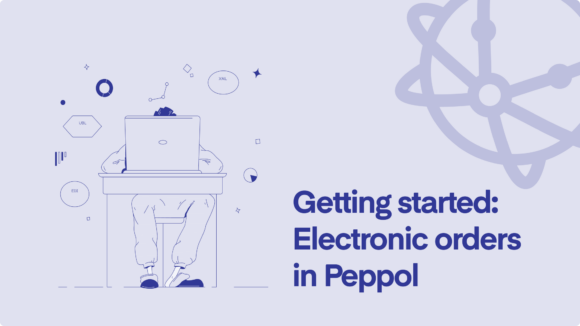
To move forward with digital transformation in e-procurement, enhancing the quality of financial data stands as a cornerstone for achieving efficiency through speed, automation, and insightful analytics. The caliber of financial data not only fuels the decision-making process but also streamlines operations, making it essential for businesses to pay significant attention to both the content and structure of their data. Here’s why you need structured data in your e-procurement processes.
Understanding data quality
Data quality in transactional processes is defined by the richness of its content and the degree of its organization. Content encompasses all the details pertinent to a purchase or sales event, including line items (such as purchased products and services), units, quantities, and value-added tax (VAT) specifications.
The organization, or the degree of structure, refers to how this data is stored, making it searchable and accessible for machine processing. Traditional formats like PDFs or print documents may hold the necessary information but pose significant challenges for software solutions due to their lack of direct interpretability.
The challenges with analog processes
Traditionally, procurement and ordering systems have been tailored to analog processes, which require manual input and labor-intensive work. Such systems often lag in supporting dynamic and structured data transmission methods — including access to the increasingly important Peppol standards or new technologies such as punchout processes — hindering efficiency and scalability.

The reliance on manual processes or intermediate solutions like Optical Character Recognition (OCR) to digitize and interpret data from analog formats leads to substantial data loss, operational inefficiencies, and unnecessary time expenditure. This gap underscores the need to shift towards more structured data practices within e-procurement.
Embracing structured data for efficiency
The transition to fully digital business messaging in standardized formats represents a paradigm shift towards more efficient procurement processes. By adopting a common data language for communication with business partners, companies can ensure immediate data exchange, where each transaction’s content is preserved without loss and made readily accessible for machine processing. Integrating with a Peppol access point is a natural first step.

This structured data is inherently suited for process automation, as it allows software systems to effortlessly parse, search, and utilize information, thereby eliminating bottlenecks associated with manual data handling. As a result, businesses can achieve a higher degree of operational efficiency, reduced error rates, and enhanced analytical capabilities, paving the way for more informed decision-making and strategic planning.
The integration of structured data into e-procurement processes is not just a technological upgrade but a strategic imperative for organizations aiming to thrive in the digital age. It promises not only to refine operational efficiency but also to unlock new avenues for innovation and growth in the digital procurement landscape.
Learn more on how to level up your e-procurement processes. Download the handbook Connected business today.



